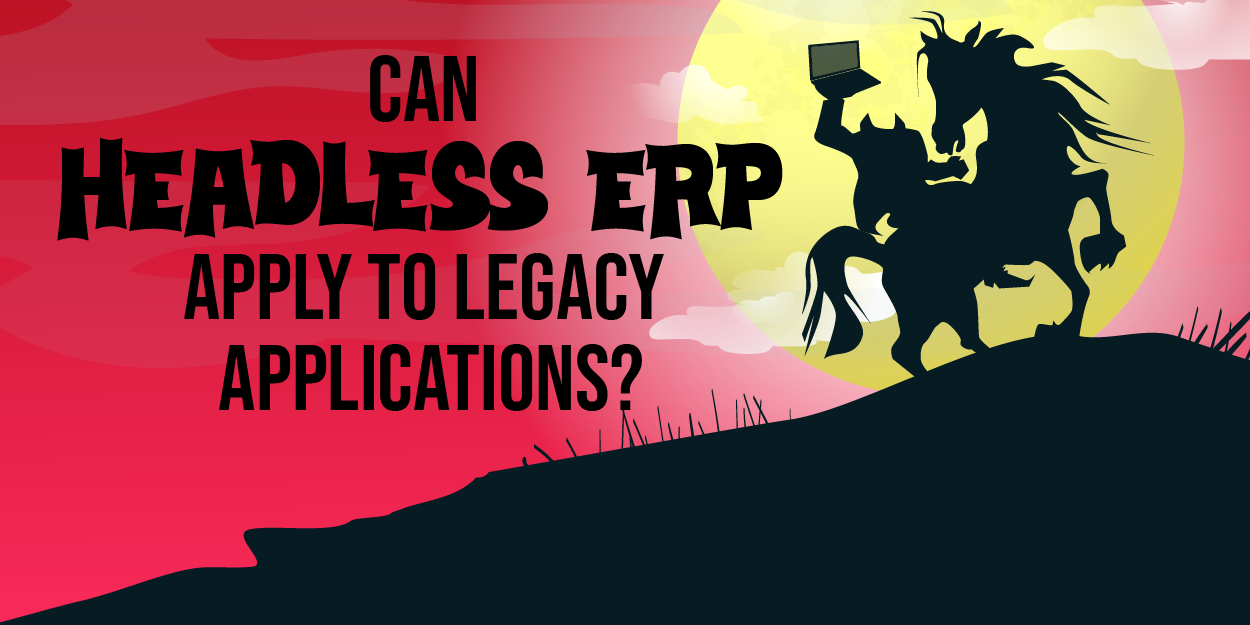What trends are shaping IT strategy in 2024?
In our experience supporting ERP software (and the hardware it runs on) for a variety of manufacturing and distribution organizations, many businesses are looking to elevate the capabilities of their business-critical technology while retaining as much flexibility as possible.
Tags:
Business Process Optimization,
Operational Excellence,
erp trends
One of the fundamental benefits of moving key IT systems to the cloud is getting out of the hardware management business. Some businesses see enormous value in a pivot away from long-term investments in infrastructure, a move that offers both strategic and financial flexibility.
Tags:
IBM i Cloud
If a “headless” ERP system sounds spooky, it shouldn’t! A headless ERP approach can help improve flexibility, manage costs, and enhance the user experience, with no guillotine required. And, with the right mindset shift, a headless strategy can even be an ideal solution for many legacy ERP systems. PSGi Co-founder and President Larry Dube explained why in his recent webinar. In this blog, we summarize the key points of his presentation.
Tags:
Extending ERP System Life,
Maximize ERP Investment,
ERP Blog,
ERP,
erp trends
When a business acquires another organization, the need to migrate data from the acquired company’s ERP software introduces some unique challenges. This data must be aligned to the acquiring company’s corporate standard ERP.
Tags:
Extending ERP System Life,
ERP
Cloud computing platforms can offer unprecedented scalability compared to traditional onsite or hosted servers, but adapting IBM i applications to x86-based cloud platforms has historically been a prohibitive challenge. But today, new solutions like Skytap and Infinite i make cloud platforms a viable option for organizations that depend on IBM i applications. We explain how in this blog.
Tags:
IBM i Modernization,
IBM i Platform,
IBM i Cloud
What are the most important considerations when considering migrating your ERP system to the cloud? We take a look at some of the most critical in this blog.
Tags:
Extending ERP System Life,
ERP
2022 appears set to be a crossroads for many organizations. The past two years have been incredibly challenging for businesses, including a rapid shift to remote work, unprecedented supply chain crises, and more. We continue to be inspired by the extraordinary adaptability we saw from our clients in response. While the COVID crisis is by no means over, we have seen more and more organizations become well-adjusted to this “new normal.”
Tags:
Extending ERP System Life,
IBM i Modernization,
Operational Excellence
Field Level Security in IBMi allows you to protect data in legacy applications without creating risks to application stability: this feature is implemented so that restricting data access doesn’t require extensive re-development which may create new errors in complex application logic.
These precise protections offer an important opportunity to secure sensitive data in legacy applications quickly and painlessly without modifying the application layer.
Tags:
IBM i Platform
When managing a portfolio of enterprise applications, choosing the right support option presents a chronic strategic dilemma. While vendors offer unmatched expertise for new product offerings, their commitment to past versions of the same software can fade fast. Meanwhile, third-party support providers introduce opportunities for more customization (and broader cooperation across different applications and projects).
Tags:
Enterprise Application Support
Hire New IT Staff, Leverage Your Team, Or Supplement with 3rd Party Tools?
In our last blog post, we focused on preserving your investment in your IBM i legacy system by integrating newer applications that address your organization's need for more mobility. But to meet mobility goals for the future, IT leaders have more on their minds than their system alone. In this blog, we’ll address key considerations for preserving another significant investment; that is, your IT staff.
Tags:
IBM i Modernization,
IBM i Platform










